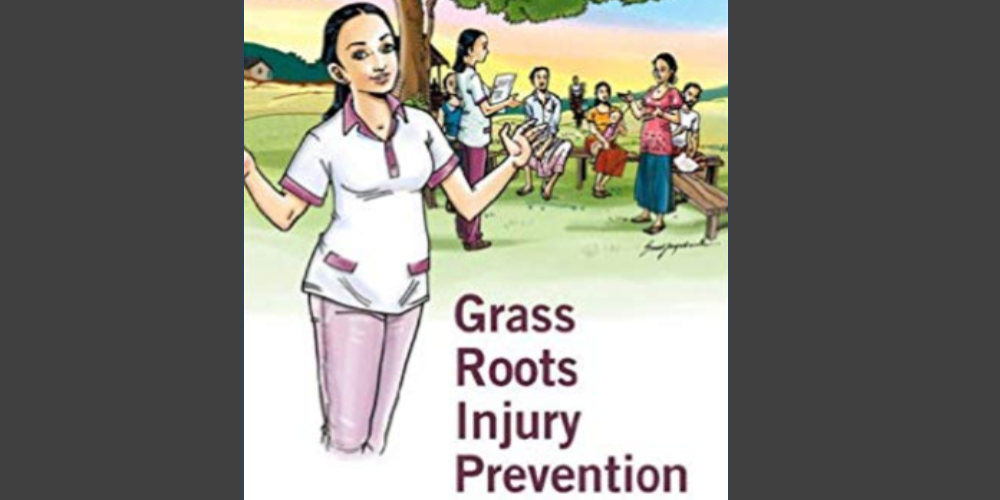Prioritizing injury types is important to the risk management process. In the book “Grass Roots Injury Prevention,” Diana Samarakkody, Elizabeth Davis and Rod McClure examine the process and here are seven factors they address:
- How frequent is the injury? Example: Injuries from dog bites occur more frequently than earthquakes in many areas.
- How severe is the injury? Example: Injuries following contact with an operating machine are more severe than a cut injury with a cooking knife.
- What is the risk group involved? Example: Injuries to children might need more attention.
- Are there any successful, low-cost interventions in other communities? Example: There might be ways to fence and cover wells that have been used in other communities.
- Can our community afford the interventions? Example: Fencing off a water channel might be possible if installing pipes is too expensive.
- Are the interventions culturally acceptable? Example: The type of clothing that needs to be worn to be safe can be adapted to suit what is acceptable for the community.
- Are the interventions in line with government policies and the legal system? Example: Ways to encourage workplaces to introduce safety measures can be adapted to fit with local requirements.
